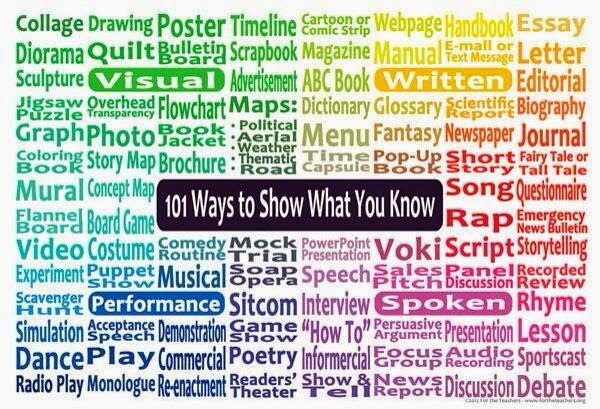Wow! This first class in 569 was intense :). Having the opportunity to see the implications that Assistive Technology can have for students was amazing. Also, having the time to learn the terminology that supports AT was very informative and using a creative way (WORDLES) to represent our learning gave a terrific, hands-on perspective of how technology can be imbedded in what we do to provide students with a variety of ways to represent their thinking.
We all know that we must provide multiple representations of information in our classrooms but the real “AH HA”moment for me was to see the vast diversity of ways that students can “show what you know”. Take for example the high school student with his iPad mounted in a position on his wheel chair where he can use his tongue to manipulate and utilize it....AMAZING!
One quote from first class that resonated with me was “The curriculum should be adaptable to differences...not the other way around” because I think so often that we as teachers, design our lesson with the curricular outcome(s) in mind and then, as an afterthought, we wonder what our higher needs students can do to participate. This thinking needs to be reversed so that students' profiles, that outline the strengths and challenges of our learners, and engagement of our students are our first consideration and with them as a starting point, we then can ask ourselves “How can I create tasks and activities focused on the curricular outcomes that will best engage ALL of the learners in my classroom?”. I think this is the fundamental principle behind UDL and a great direction to be headed as we improve on the program planning that we provide for our very diverse students. I especially like to comparison to UDL's origin as an architectural concept. I can clearly see the parallel that making a accessible after it has already been constructed is a very inefficient and expensive way to plan and build structures and how “costly” this same idea is for our students when we make our lesson plans accessible as an afterthought. An individual at a support PD session that I recently attended said it is crucial that we adapt our instruction and activities and not expect our learners to adapt to us for “even a dog knows whether they've been tripped over or kicked”. This was really powerful for me because it tunes us in to the sense of community, inclusion and being valued which so essential to our classrooms and those children who enter them.
My husband is a principal and when I shared with him the APP Placemat, he was “blown away” by the opportunities afforded to students through iPads.
Here are some great resources I have found:
- Link to CCRSB AT Website
- Free Assistive Technology Tools for Teachers and Students
- Dept of Education Assistive Technology Guidelines
- Assistive Technology Fact Sheet
- CCRSB Protocol for Accessing Assistive Technology Support
- CCRSB Assistive Technology Referral Form
- CCRSB Use of Equipment Agreement Form
- Apps that Support Math Intervention
I also really liked the WORDLE presented on our class Moodle site (courtesy of Babara Welsford) because I think it really captures the wide range of tools and strategies that we can offer our students.


GREAT feedback Michelle. You have captured the concept of UDL nicely! Thanks
ReplyDelete